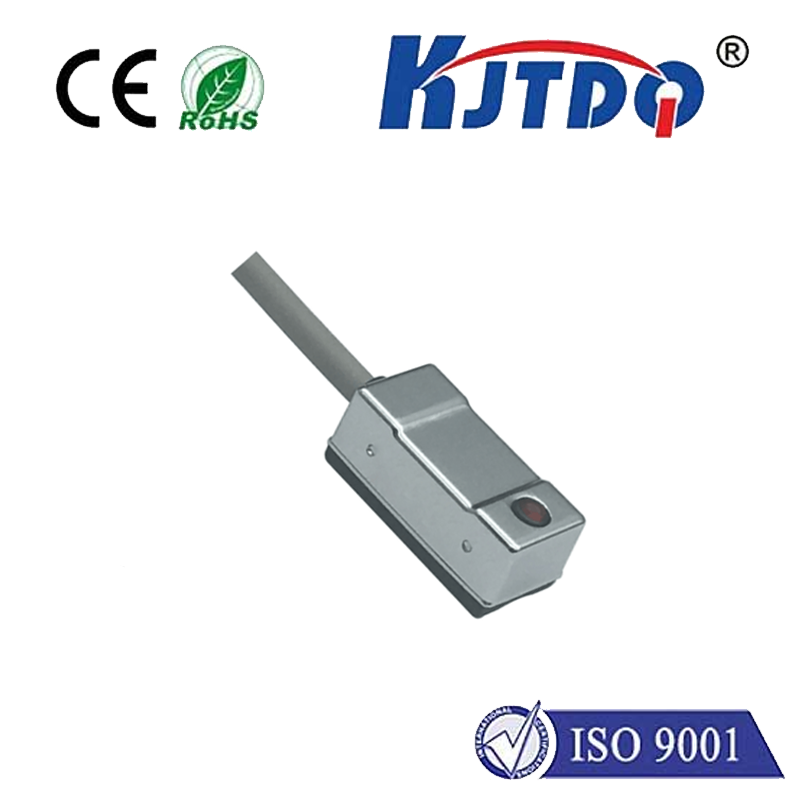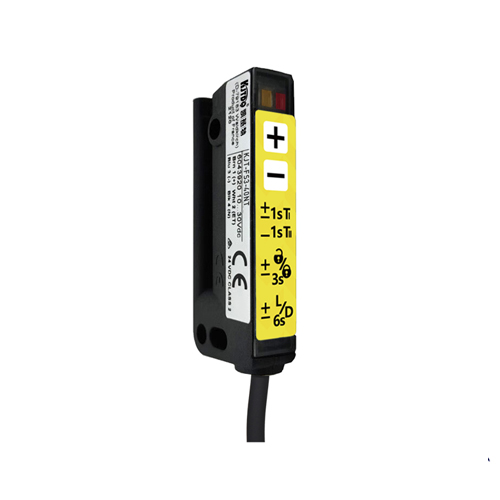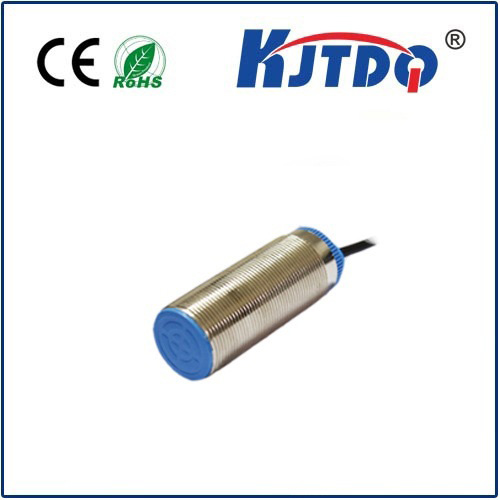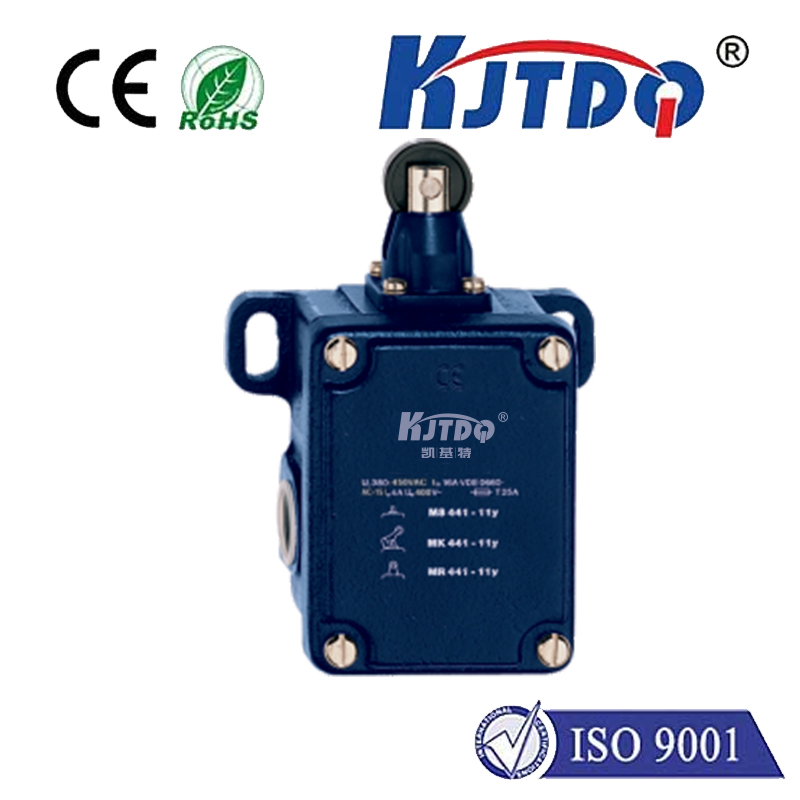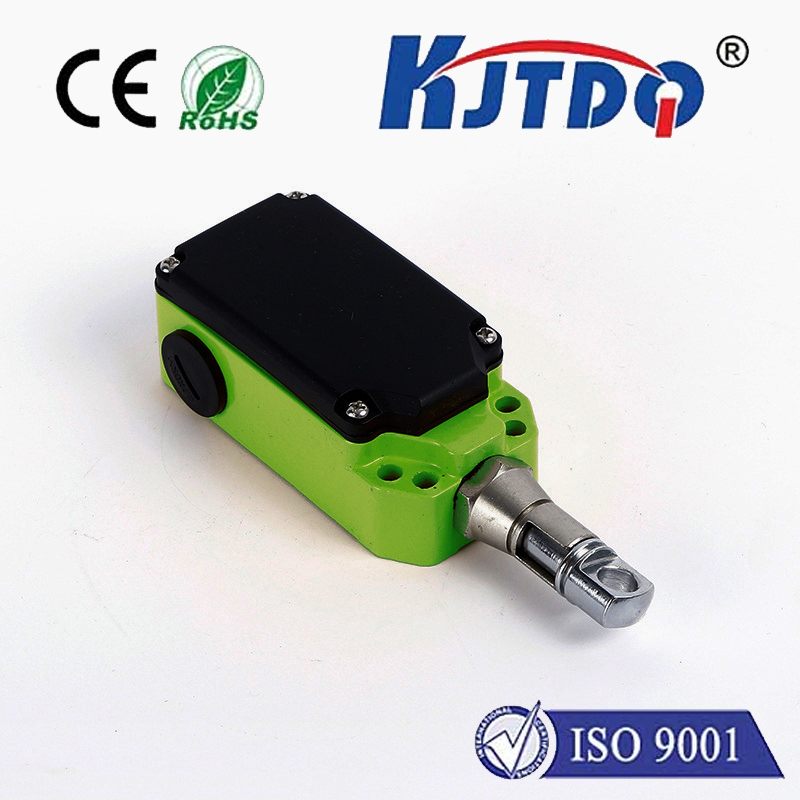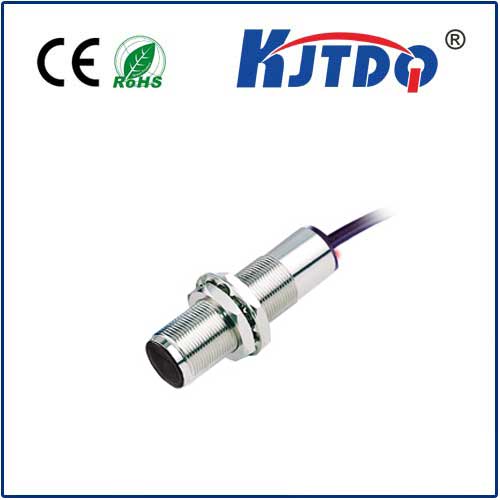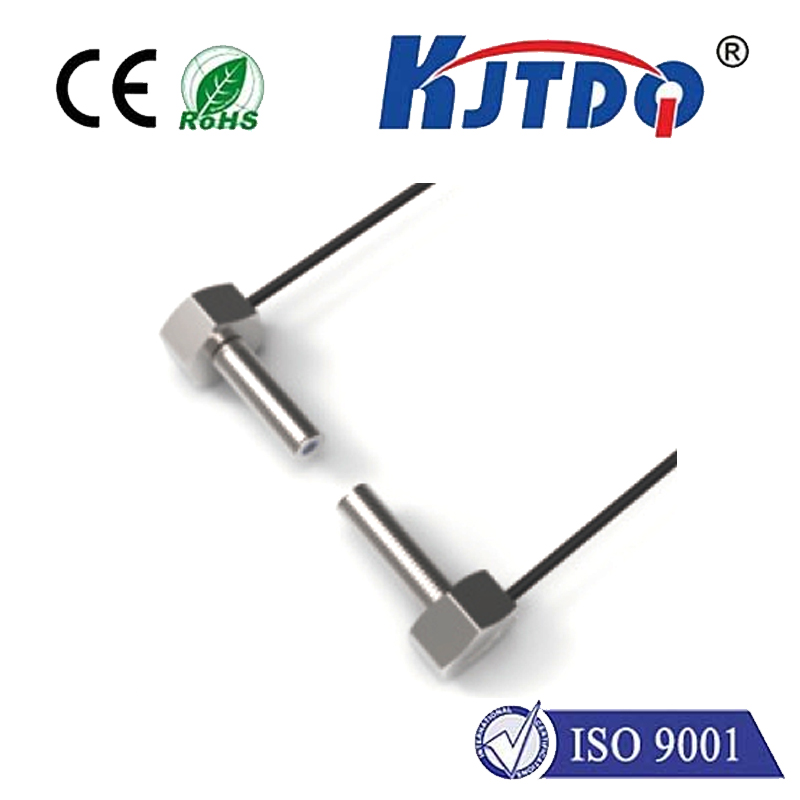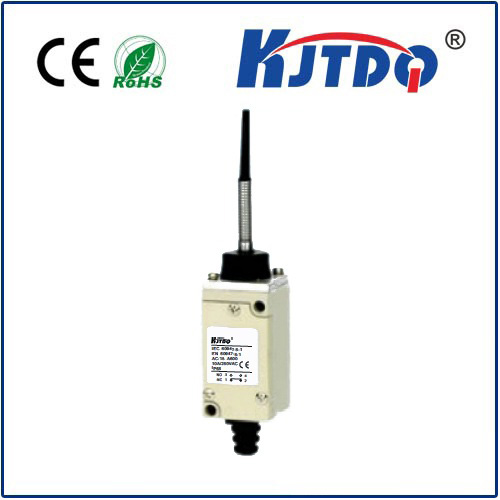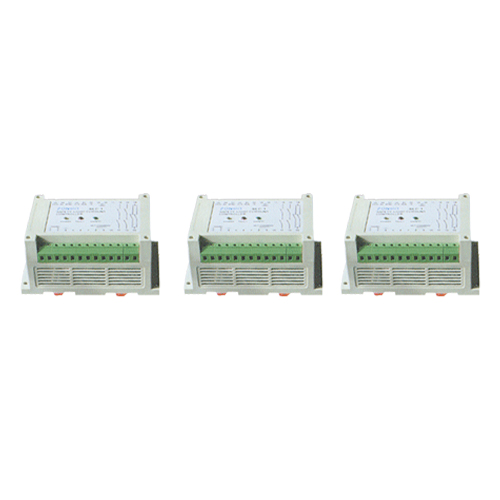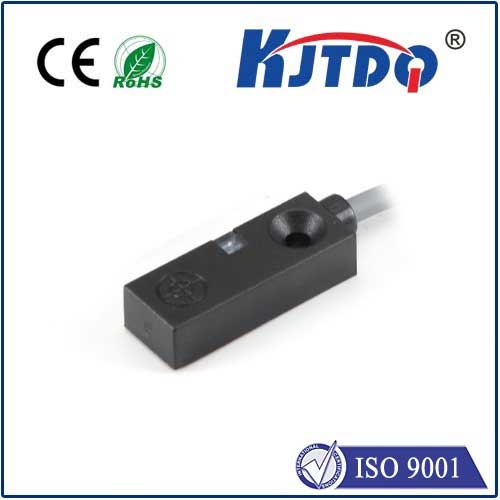optical slot sensor
- time:2025-08-15 01:14:24
- Click:0
Optical Slot Sensors: The Essential Guide to Precise Object Detection
In the humming heart of a modern production line, where components zip along conveyor belts at blinding speeds, how do machines perceive the passage of a tiny plastic gear or the presence of a misaligned bottle cap? Often, the unsung hero enabling this split-second awareness is the optical slot sensor. These remarkably reliable devices serve as the fundamental “eyes” for countless automated processes, offering non-contact detection crucial for efficiency and safety. But what exactly makes them tick, and why are they so indispensable?
Decoding the Optical Slot Sensor: Principle in Action
At its core, an optical slot sensor operates on a beautifully simple yet effective principle. Picture a small, U-shaped channel – the slot – with precision components embedded on opposite sides:
- Infrared Light Source: On one arm of the slot resides an emitter, typically an infrared LED. This generates an invisible beam of light focused across the open gap.
- Phototransistor or Photodiode Receiver: Directly opposite, on the other arm, sits a light-sensitive receiver.
- The Interruption Event: When an object passes through the slot, it physically breaks this beam of light. The receiver immediately detects this loss of signal.
- Electrical Response: This detection triggers a rapid change in the receiver’s output state. Depending on the sensor’s design (Light-On or Dark-On), this results in a clear digital signal – either switching on or off – indicating the object’s presence.
This physical interruption method is the defining characteristic and key strength of the optical slot sensor. Its effectiveness stems from this direct and unambiguous sensing approach.

Types and Key Advantages: Why Choose a Slot Sensor?
While the fundamental principle remains constant, slot sensors generally fall into two main configurations:
Through-Beam (Transmissive) Slot Sensors: The classic design described above. The emitter and receiver are housed within the sensor body, facing each other directly across the slot. Object detection occurs only when an object physically blocks the beam.
Reflective Slot Sensors: Here, both emitter and receiver are located on the same side of the slot. The emitted beam travels across the slot, hits a reflective surface (like a mirror or retroreflector) mounted on the other side, and bounces back to the receiver within the same housing. An object interrupting the beam path prevents the light from reflecting back, triggering detection. Variants exist where the object itself acts as the reflector.
The popularity of optical slot sensors across numerous demanding applications is driven by compelling advantages:
- Non-Contact Detection: Objects are sensed without physical touch, eliminating wear and tear on both the sensor and the target. This is vital for delicate objects or high-cycle applications.
- High Reliability: Fewer moving parts compared to mechanical switches translate directly to longer lifespans and reduced maintenance needs. Their robust physical gap design inherently rejects ambient light interference far better than some competing proximity sensors.
- Extremely Fast Response Times: The instant the beam is broken or restored, the sensor reacts. Capable of microsecond to millisecond response speeds, they excel in high-speed counting (think small pills on a blister line) and precision positioning tasks on machinery.
- Immune to Surface Properties: Unlike some capacitive or inductive sensors, optical slot sensors detect objects based solely on interrupting the light beam. Color, material composition (metal, plastic, glass, wood), and surface finish typically have minimal impact on reliable detection. A transparent object, however, may require careful selection or a different type of sensor.
- Compact Size & Easy Integration: Their small U-shaped form factor allows installation in tight spaces where other sensors wouldn’t fit. Fixed alignment simplifies setup compared to aligning separate emitter and receiver units.
- Cost-Effectiveness: Offering high reliability and performance at a competitive price point makes them a cost-efficient solution for numerous detection needs.
Core Applications: Where Precision Detection Matters
The unique strengths of optical slot sensors make them the go-to choice in numerous critical scenarios:
- Industrial Automation: The backbone of factory sensing.
- Position Verification: Confirming a part is present, correctly oriented, or has reached the end-of-travel in an assembly station or robotic cell.
- Part Counting: High-speed tallying of small items like fasteners, tablets, or electronic components on conveyors or vibratory feeders.
- Speed Monitoring: Measuring RPM of rotating shafts, gears, or encoder wheels (often featuring slots).
- Limit Sensing: Defining the start or end positions of linear slides, actuators, or guards.
- Web Break Detection: Monitoring threads, films, or thin materials for breaks by detecting the loss of material interrupting the beam.
- Feeder Jam Detection: Ensuring parts are flowing correctly through chutes or tracks.
- Safety Interlocks: Playing a vital role in machine safety systems.
- Guard Monitoring: Ensuring safety doors, guards, or covers are securely closed before potentially hazardous machine motion is allowed to start. The physical beam interruption provides a highly reliable signal.
- Printing & Paper Handling: Detecting the presence or absence of paper, envelopes, or labels within printers, copiers, and mail sorting equipment.
- Vending Machines: Detecting coins or products passing through specific chutes.
- Consumer Electronics: Used internally in devices like printers, scanners, and optical disc drives for internal mechanism position sensing.
Selecting the Right Slot Sensor: Key Factors
Choosing the optimal slot sensor requires careful consideration of your specific application needs:
- Slot Width: The gap must be wide enough to accommodate the object you need to detect without hindrance, but ideally not excessively larger, as this might allow smaller unwanted objects to pass undetected or increase vulnerability to misalignment or dust buildup.
- Sensing Object Size: Ensure the object is large/thick enough to reliably interrupt the beam. Tiny objects may require specialized miniature sensors.
- Required Sensing Distance: While the active sensing is confined to the slot itself, the physical dimensions dictate the size of object it can accommodate.
- Output Type & Configuration: Choose between Light-On (Output active when beam is uninterrupted) and Dark-On (Output active when beam is blocked). Determine if you need NPN or PNP transistor outputs (sourcing/sinking), depending on your control system. Common configurations include normally open (NO) and normally closed (NC).
- Operating Environment: Consider factors like temperature extremes, potential exposure to dust, chips, moisture (look for appropriate IP or NEMA ratings), oils, or cleaning chemicals. Some sensors offer enhanced environmental resistance through epoxy-potted electronics or specialized lenses.
- Response Speed: For ultra-high-speed applications (e.g., counting thousands of small items per minute), ensure the sensor’s specified response time meets the requirement.
- Power Supply Voltage: Match the sensor’s voltage requirements (e.g., 10-30 VDC) to your available power source.
- Special Features: Some models offer features like sensitivity adjustment potentiometers (helpful for marginal detection situations or dirty environments), built-in indicators (LEDs showing power












